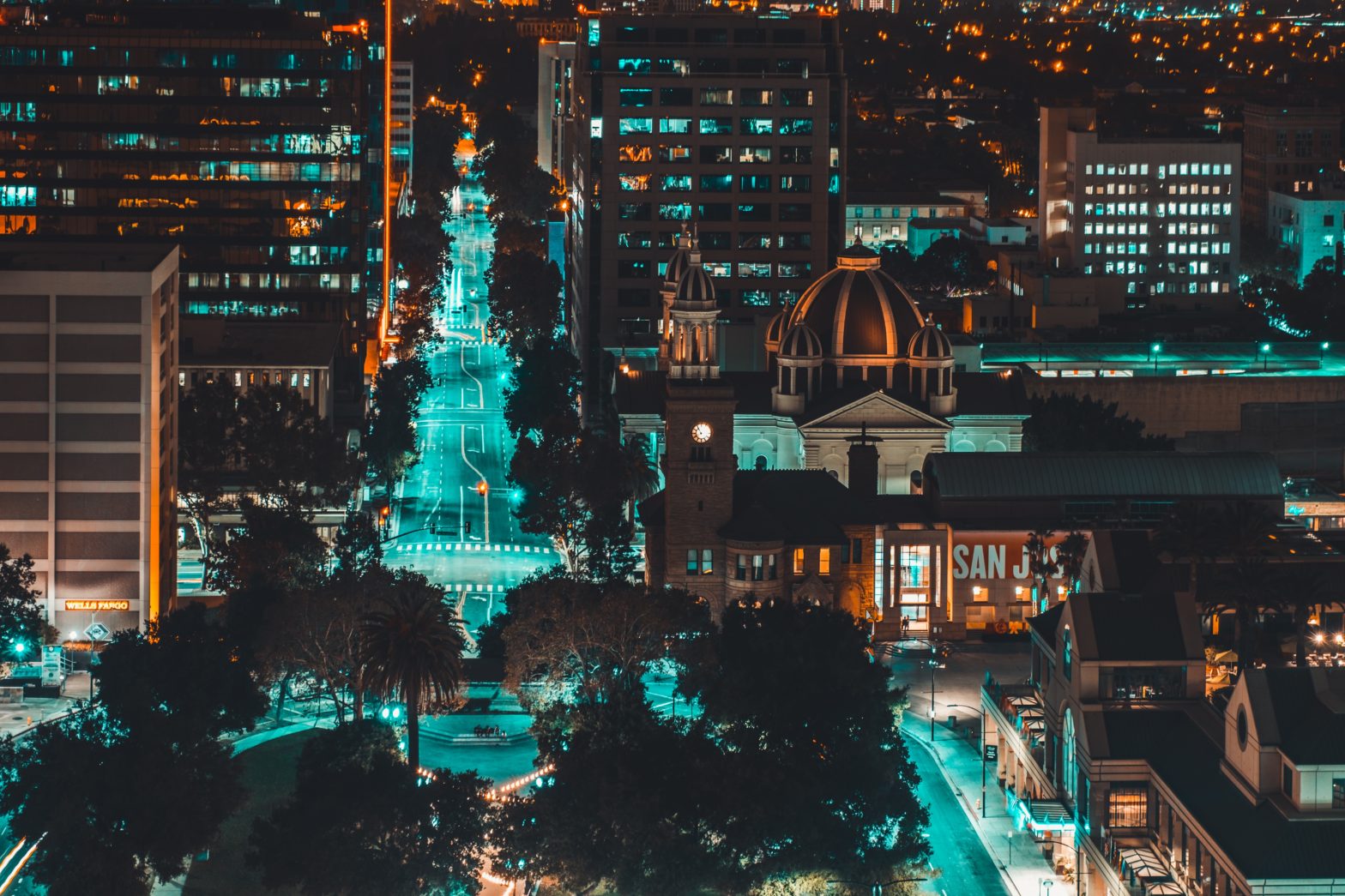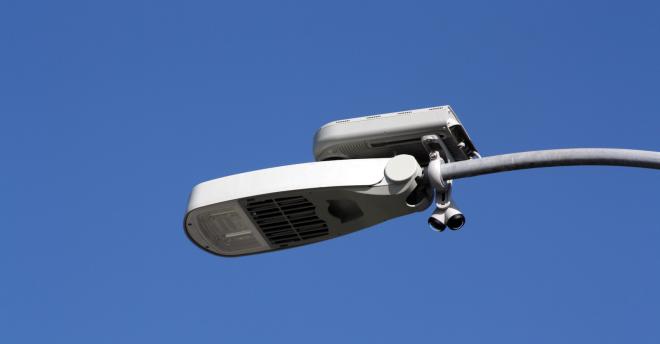
Leveraging technology for safer cities
20 December 2022
As cities recover from the worst of the COVID-19 pandemic, they are now facing the return of two old problems: an increase in crime and a rise in road deaths. Smart cities are turning to technology as a significant part of the solution, with many deploying sensors, advanced lighting, cameras and artificial intelligence (AI) as part of their overall public safety strategy.
According to the Council on Criminal Justice’s July 2022 report on the pandemic, social unrest and crime in US cities, “high rates of violent crime and increases in property crime require immediate action from law enforcement and policymakers.” Thanks to increased federal funding, many American cities are in a stronger financial position to take such action and leverage technology as part of the solution.
Technology is being employed to increase public safety in cities across the US. One growing trend has been to use existing infrastructure, such as street lights, to get the most out of investments. Better street lighting can reduce overall crime by 21 percent and serious crime by 36 percent. Deploying a range of smart technologies, like cameras and sensors mounted on the street lights, could help to reduce crime incidents by up to 40 percent, deliver 20-35 percent faster emergency response times, and reduce fatalities from homicide, road traffic and fires by 8-10 percent.
Smart cities such as West Hollywood and Ontario, California are using technologies like sensors, cameras and automatic license plate detection to count and classify vehicles, bikes and pedestrians to better inform road use decisions and reduce road deaths. Many cities are letting technology do the work for them, by using AI to analyze the road use and parking data from the sensors and cameras.
By May of this year, at least $10 billion in American Rescue Plan Act (ARPA) funds had been committed to public safety and violence prevention initiatives. This includes spending on cameras on street lights, body-worn cameras for police officers and gunshot detection sensors. These can provide video evidence, as well as show police a crime scene before they arrive in order to be better prepared and improve situational awareness. The systems can also be configured to detect unusual activity, helping deter crime in secluded areas like parks or parking lots.
Real-time crime centers
These technologies allow for the establishment of real-time crime centers, where law enforcement agencies bring together tools such as networked cameras, body-worn cameras, automated license plate readers, gunshot detection, and data analytics in one centralized location.
Transparency about smart city projects using cameras, sensors and other data-collecting systems, particularly in law enforcement, are critical to their success. San Diego and Oakland both passed ordinances establishing privacy advisory boards and surveillance technology oversight policies, including annual review of all surveillance technologies.
Cities can boost accountability and address concerns over civil liberties by being clear about what data cameras and sensors are collecting and how the information is being used. Signage, with a QR code that residents can scan to learn more about the technology and share their feedback, can be an important part of this effort.
With record federal funding flowing to US cities, now is the time to implement smart city solutions to the twin problems of rising crime and road deaths. While many cities have already allocated the bulk of their ARPA funding, some still have dollars and flexibility remaining. Earlier this year, the White House issued a fact sheet urging local leaders to dedicate more ARPA funding to community safety. The Bipartisan Infrastructure Law (Infrastructure Investment and Jobs Act) provides almost $38 billion to improve the safety of the US transportation system, including a $5 billion Safe Streets and Roads for All program. The Department of Justice also offers funding opportunities to support law enforcement and public safety activities in state, local and tribal jurisdictions.
The confluence of new funding programs, technology maturity and best practices for public engagement provide an important framework for cities looking to boost public safety while respecting the privacy of their residents.
Brought to you by:









